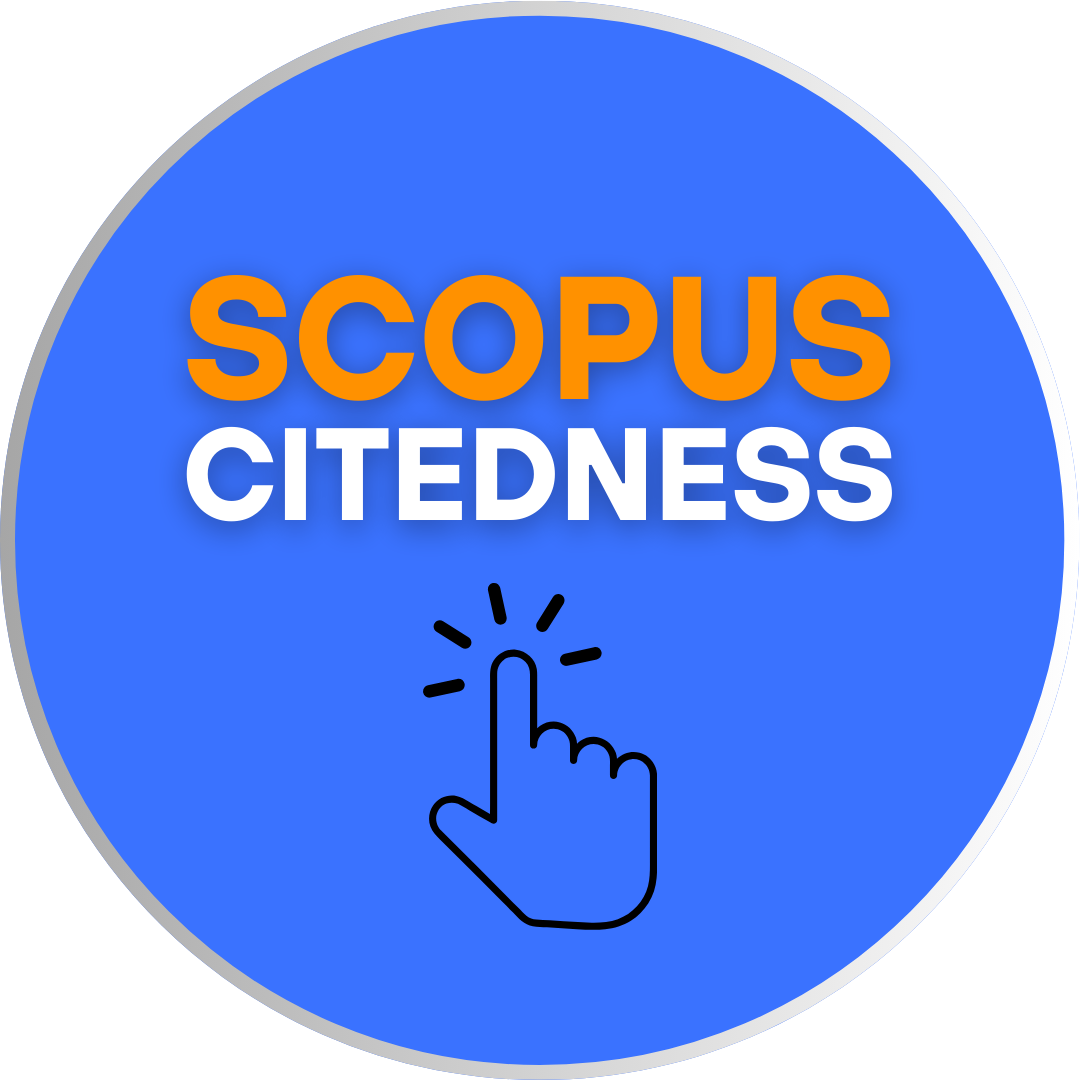MATCHING TEACHING STYLES WITH STUDENTS’ LEARNING STYLES (A SURVEY OF INDONESIAN STUDENTS’ HABITS OF LEARNING)
DOI:
https://doi.org/10.18592/let.v6i2.1455Keywords:
teaching style and learning styleAbstract
There are some studies on traditional East Asian learning styles which found that the most popular East Asian learning styles come from the traditional book-centered and grammar-translation method and the students are seen as analytic, visual, field-independent, concrete-sequential, thinking-oriented and reflective styles. The teachers should match their teaching styles with students’ learning styles so that their motivation, performances, and achievements will increase and be enhanced. There are some approaches which can be applied in the classroom, such as diagnosing learning styles and developing self-aware EFL learners, altering the teaching style to create teacher-student style matching, encouraging changes in students' behavior and fostering guided style-stretching and providing activities with different groupings. In this study, there are also some cases happened when teaching and learning process occurred in the classroom, for example first language interference, lack of cognates, culturally inappropriate materials, different learning expectations, no response, and students reluctant to speak and there are of course some ways to help students to relax and overcome those problems.References
Anderson, J. (1993). 'Is a communicative approach practical for teaching English in China? Pros and cons'. System, 21/4, 471-480.
Condon, J. (1984). With respect to the Japanese. Yarmouth, ME: Intercultural Press
Harshbarger, B., Ross, T., Tafoya, S & Via, J. (1986). 'Dealing with multiple learning styles in the ESL classroom'. Symposium presented at the Annual Meeting of Teachers of English to Speakers of Other Languages, San Francisco, CA.
Liu, N. F. and Littlewood, W. (1997). 'Why do many students appear reluctant to participate in classroom learning discourse?' System, 25/3, 371-384.
Nelson, G. 1995. 'Cultural differences in learning styles'. In Reid, J. (ed.), Learning styles in the ESL/EFL classroom, 3-18. Boston, MA: Heinle & Heinle.
O'Sullivan, N. (1997). Teaching English in South-East Asia. London: Coleridge House.
Oxford, R. L. & Burry-Stock, J. A. (1995). 'Assessing the use of language learning strategies worldwide with ESL/EFL version of the Strategy Inventory for Language Learning (SILL)'. System, 23/2, 153-175.
Oxford, R. L., Hollaway, M. E. & Murillo, D. (1992). 'Language learning styles: research and practical considerations for teaching in the multicultural tertiary ESL/EFL classroom'. System, 20/4, 439-445.
Sato, C. (1982). 'Ethnic styles in classroom discours'e. In Mary, E.H. & William, R (Eds.). On TESOL '81. Washington, DC: Teachers of English to Speakers of Other Languages.
Song, B. (1995). 'What does reading mean for East Asian students?' College ESL, 5/2, 35-48.
Sue, D. W. & Kirk, B. A. (1972). 'Psychological characteristics of Chinese-American students'. Journal of Counseling Psychology, 19, 471-478.
Worthey, K. M. (1987). Learning style factors of field dependence/independence and problem-solving strategies of Hmong refugee students. Unpublished master' thesis. University of Wisconsin, Stout, WI.
Downloads
Published
How to Cite
Issue
Section
License
Authors who publish with this journal agree to the following terms:
- Authors retain copyright and grant the journal right of first publication with the work simultaneously licensed under a Creative Commons Attribution License that allows others to share the work with an acknowledgement of the work's authorship and initial publication in this journal.
- Authors are able to enter into separate, additional contractual arrangements for the non-exclusive distribution of the journal's published version of the work (e.g., post it to an institutional repository or publish it in a book), with an acknowledgement of its initial publication in this journal.
- Authors are permitted and encouraged to post their work online (e.g., in institutional repositories or on their website) prior to and during the submission process, as it can lead to productive exchanges, as well as earlier and greater citation of published work.
LET (LINGUISTICS, LITERATURE, AND LANGUAGE TEACHING) http://jurnal.uin-antasari.ac.id/index.php/let/index licensed under a Creative Commons Attribution 4.0 International License.
















